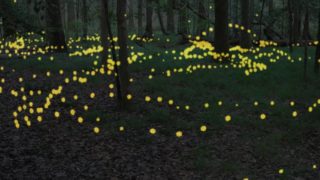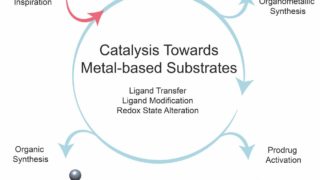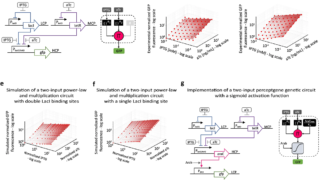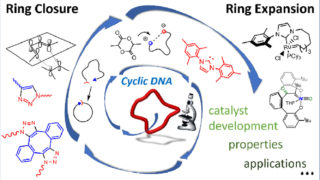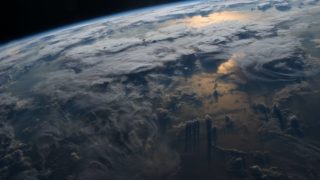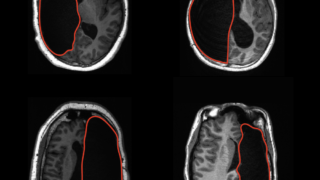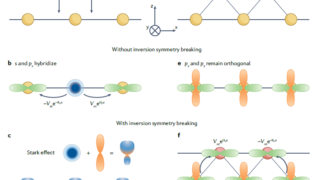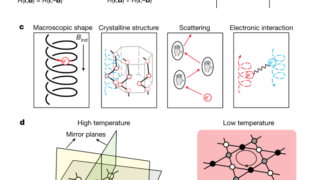
Strong chiral transport switched by small magnetic field changes
Usually, optical activity is understood as the ability some substances have to change the handedness of polarized light when it goes through them. Molecules that show optical activity have no plane of symmetry. So-called chiral matter broadly describes structures for which left- or right-handed mirror images are non-superimposable, or, equivalently, that lack improper rotation axes […]
